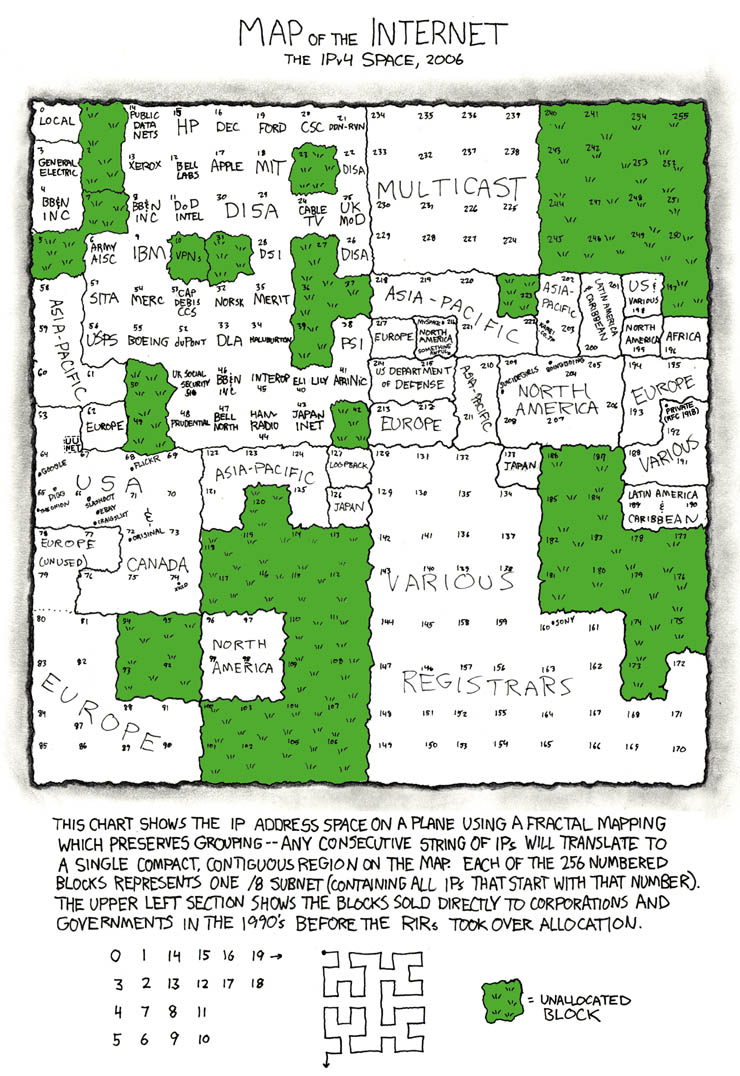This is a summary of types of data I created and were captured in digital form on 5/1.
At 9 AM I wake up to my phone’s alarm. I briefly check my e-mail before heading downstairs to grab some breakfast. Already I am creating data: by using Google chrome on my phone several entities are tracking my behavior. Google is logging my behavior due to using Chrome, MIT because I am connected to their routers and checking their e-mail servers. We could go further and say MIT’s ISP, DNS servers, etc. are also logging data but at that point they don’t know the data is me, Lawrence Sun, browsing the internet.
At breakfast I swipe my ID at the registrar. This is logged by MIT’s techcash and dining services. While eating, I catch up on various things on my phone. Reddit, Gmail, Quora, and the New York Times are all logging data about my visit.
I leave my dorm for class. Because I am now moving with my phone, Google is tracking my location with my phone’s GPS.
After class, I get a burrito at Anna’s and I pay for it with my credit card. Both Anna’s accounting services and my bank (Bank of America) log this transaction.
I then go to my afternoon class. I open my laptop and start browsing the course website; it is hosted by CSAIL and the course notes are being hosted by NB. Both CSAIL and NB are logging my behavior.
After my classes are over, I return back to my dorm and stay off the grid for a few hours. Dinner time comes around and again I swipe my ID and my meal is logged. After dinner, I work on some work for my classes. I need to read a paper for one of my courses so I visit arXiv to retrieve the paper. After I finish reading the paper, I submit answers to some questions to an MIT PDOS website. Both arXiv and PDOS are logging my activity. After this I visit MIT Stellar to browse the upcoming homework for another one of my classes. Finally, I am left writing this blog post, leaving another data footprint at WordPress in this case.
